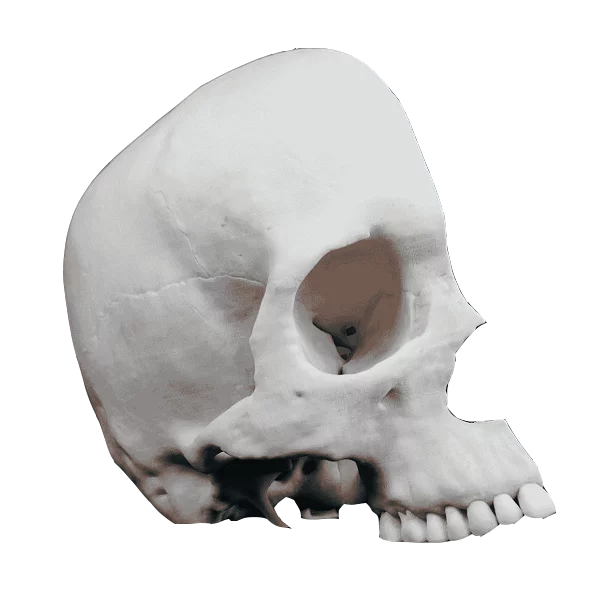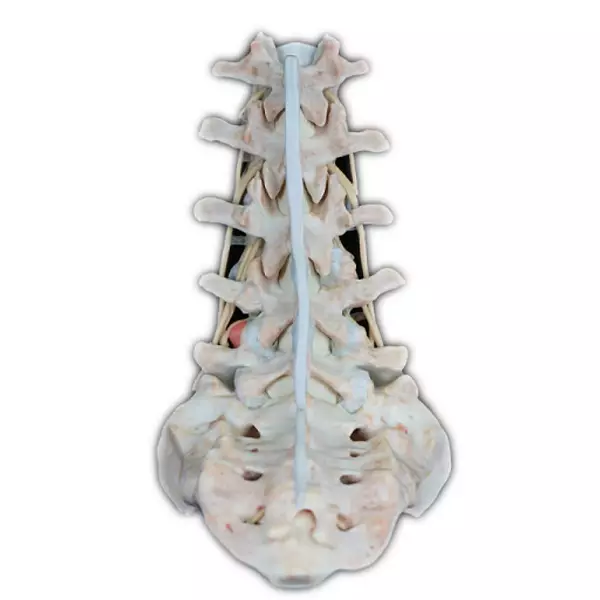The virtual dissection table is an innovative technology that revolutionizes the way anatomy and medical education are taught. It provides a unique and immersive learning experience by combining advanced visualization techniques with interactive features.
Click to find more about what is the virtual dissection table.
Anatomy at Your Fingertips
This cutting-edge tool allows users to explore the human body in a three-dimensional virtual environment. With just a touch of their fingertips, students can navigate through different layers of tissues, organs, and systems, gaining a comprehensive understanding of human anatomy.
By using high-resolution imaging data from real cadavers or digital models, the virtual dissection table offers an incredibly detailed representation of the human body. Students can zoom in on specific structures, rotate them for better viewing angles, and even dissect them virtually to study their internal components.
DIGIHUMAN: A Window into Human Physiology

A key component of the virtual dissection table is DIGIHUMAN – a database that contains anatomical information from various sources. This extensive collection includes detailed 3D models of organs, bones, muscles, nerves, and more.
DIGIHUMAN enables students to access accurate representations of anatomical structures without relying solely on textbooks or physical specimens. They can interact with these digital models in real-time and observe how different parts work together within the human body.
In addition to static images or diagrams found in traditional educational resources, DIGIHUMAN provides dynamic visualizations that showcase physiological processes such as blood flow through arteries or muscle contractions during movement.
What is a Digihuman?
A digihuman refers to a digitally created representation of humans used for educational purposes. These computer-generated avatars simulate realistic movements and behaviors based on biomechanics principles.
In the context of the virtual dissection table, digihumans are employed to enhance the learning experience. Students can interact with these digital avatars and observe how different anatomical structures respond to various stimuli or movements.
For example, by manipulating a digihuman’s arm, students can witness the corresponding muscle contractions and joint movements in real-time. This interactive approach allows for a deeper understanding of human physiology and biomechanics.
Click what is a digihuman.
Conclusion
The virtual dissection table offers an unparalleled opportunity for students to explore human anatomy in a dynamic and engaging way. By combining advanced visualization techniques with interactive features like DIGIHUMAN, this technology enhances traditional teaching methods and provides a comprehensive understanding of the human body.

